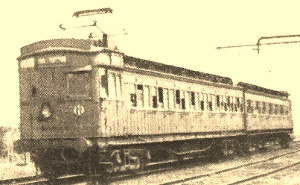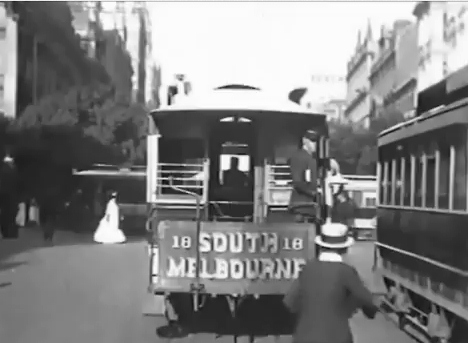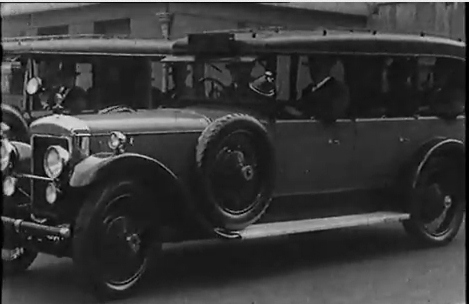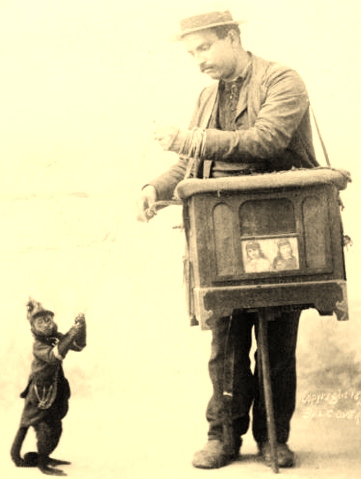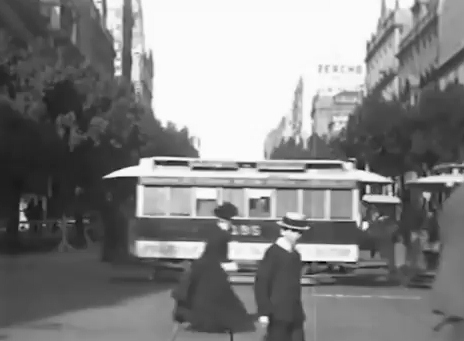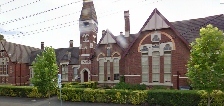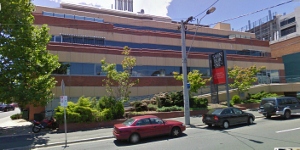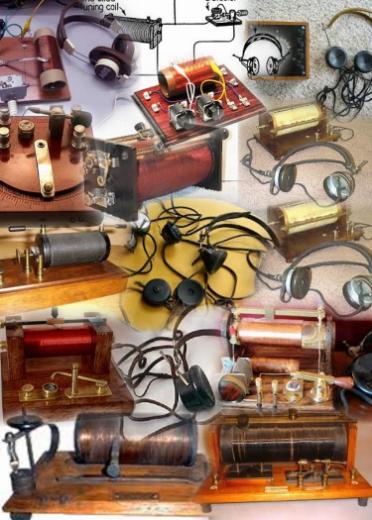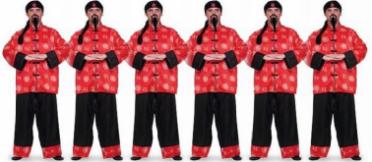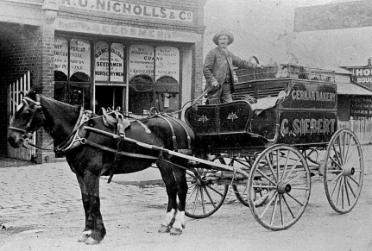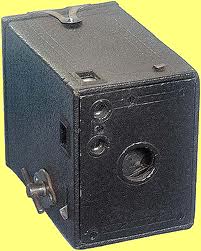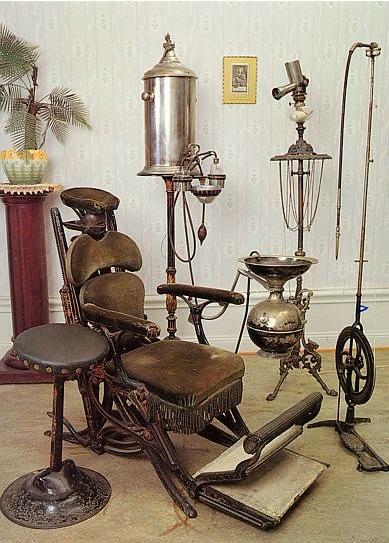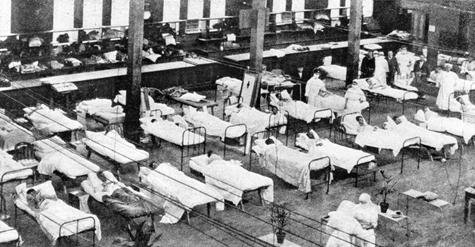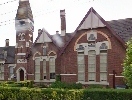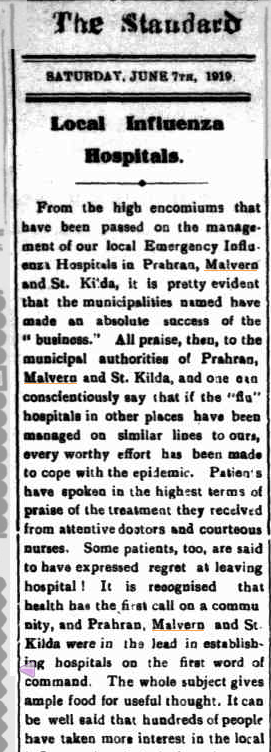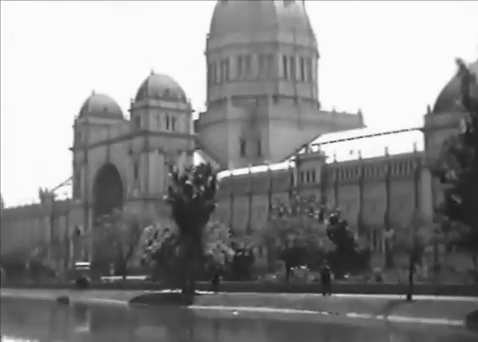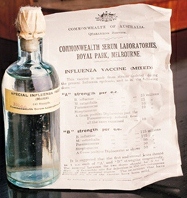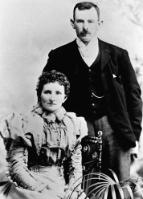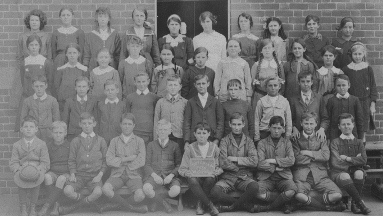 Grade 7 of Tooronga Road School in 1915. The class photo was taken by a photographer who travelled around in a phaeton horse carriage. Vincent is in the second row, 5th from the left. Below left : A zoom shot of Vincent taken from the class photo.
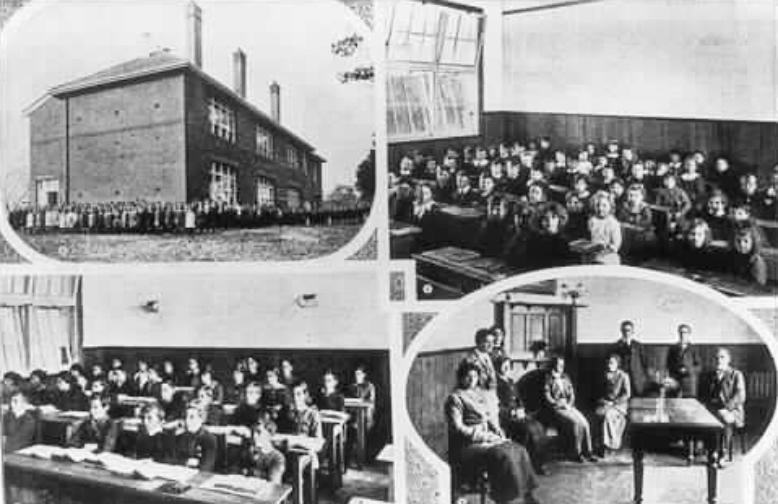
Above : Copy of a postcard showing the Model State School in Belmont Avenue ,Gardiner. ( Gardiner Central School.) Vincent attended the school the year after it opened in 1915. It was closed in 1992. An inscription on the card reads: The school is built in the latest style. The special arrangement for lighting will be noted, also the tables and chairs instead of fixed desks in the 8th grade room. Photo: Stonnington History Centre Collection
Influenza Pandemic 1919 Vincent had strong recollections of the Influenza Pandemic which swept across the world in 1918-1919. It killed an estimated 21 to 40 million people world-wide. However, health authorities here were prepared for its arrival and Australian deaths were contained to between 10 and 12 thousand. People were encouraged to wear masks in shops, hotels, churches and on public transport. Public meetings of twenty or more people were prohibited and schools and theatres were forced to close. The New South Wales Government closed the border with Victoria, prohibiting traffic between the states. Victoria was declared infected on 21 January,1919, but due to the measures taken in Melbourne, the expected massive outbreak did not eventuate. Most people who became infected eventually recovered. In January 1919, the Royal Exhibition Building in Melbourne was converted into a hospital with beds for 1500 people.
By the middle of August, it had treated 4046 cases. Almost 400 of the patients died. The temporary hospital was closed in September when the worst of the epidemic was over in Melbourne.
Page 14 For Page 15 Click Image Below |

